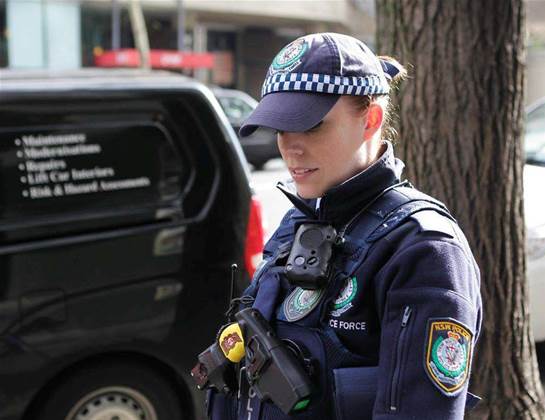Queensland Police’s chief commissioner remains unconvinced about the benefits of cameras pinned to the chests of police officers, despite his southern counterparts pledging $4 million to the technology.

Qld chief commissioner Ian Stewart yesterday told Fairfax radio he still wasn’t fully satisfied that privacy, resourcing and value-for-money issues had been ironed out to the extent that the QPS could proceed with a full rollout of body-worn cameras, beyond limited use of the devices planned for the G20 summit in November.
“It is not quite as simple as putting a camera on a body,” he said, describing privacy as one of the biggest hurdles still to be overcome.
“There are issues such as police walking into a domestic violence situation, where children are involved…[or] having the camera on when they are dealing with a sexual offence,” he said.
He also raised doubts about whether the debt-laden state government could afford such an enterprise.
“There is a huge cost behind this. That is about the storage of the information and it is about the classification of the information and the amount of time that the officers are going to have to spend at the end of a shift downloading it and putting into secure storage."
“We are talking about a significant impact on time out on the road,” he said.
Stewart, who has overseen the Queensland Police’s pioneering iPad scheme did, however, concede that the era of “the robocop” was on its way.
“Ultimately I think it is coming, but…it still comes down to the human being behind that camera and them doing their job professionally.”
Stewart’s southern counterparts in the NSW Police force have already signed off on the purchase of body-worn cameras for officers, but NSW Police Minister Stuart Ayres declined to comment on the concerns raised by Stewart.
Police unions in both states have vocally backed the technology.
Queensland Police Union president Ian Leavers told the Courier Mail in July the cameras should be thought of as “the modern equivalent of the police notebook”.
The Police Association of NSW said “it has been shown the presence of this type of video can often defuse potentially violent situations without the need for force to be used”.



_(20).jpg&h=140&w=231&c=1&s=0)







 iTnews Executive Retreat - Security Leaders Edition
iTnews Executive Retreat - Security Leaders Edition











_(1).jpg&h=140&w=231&c=1&s=0)



